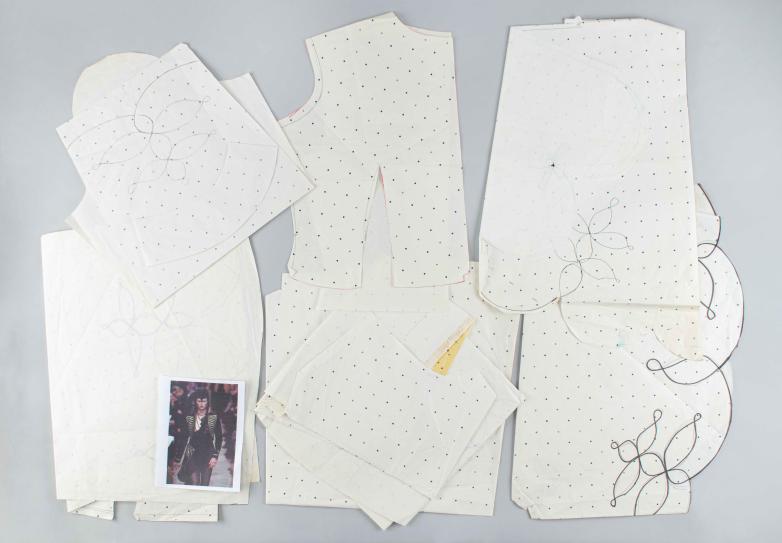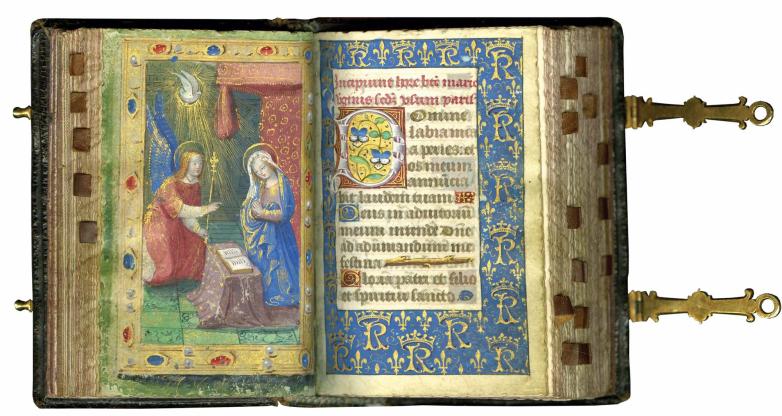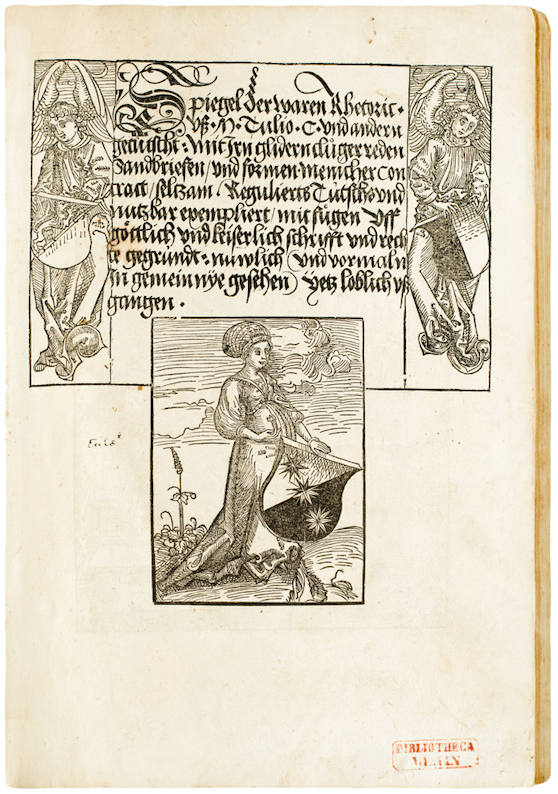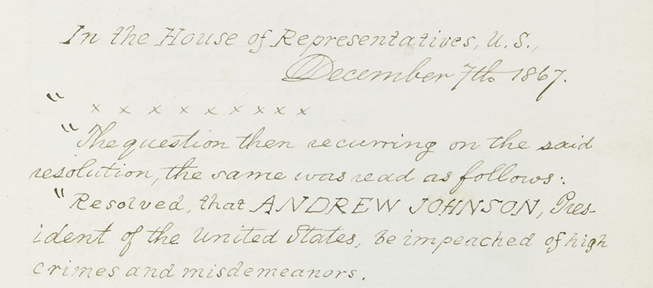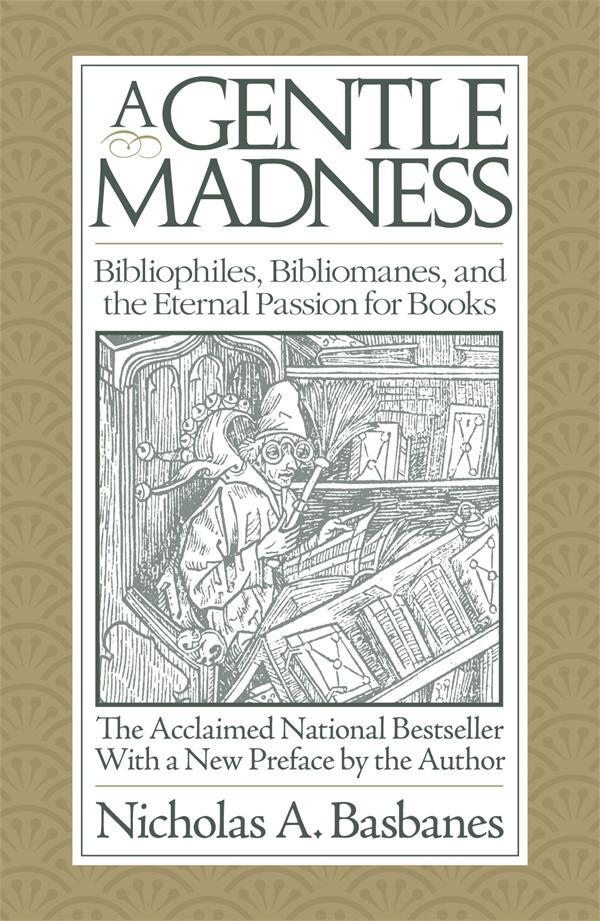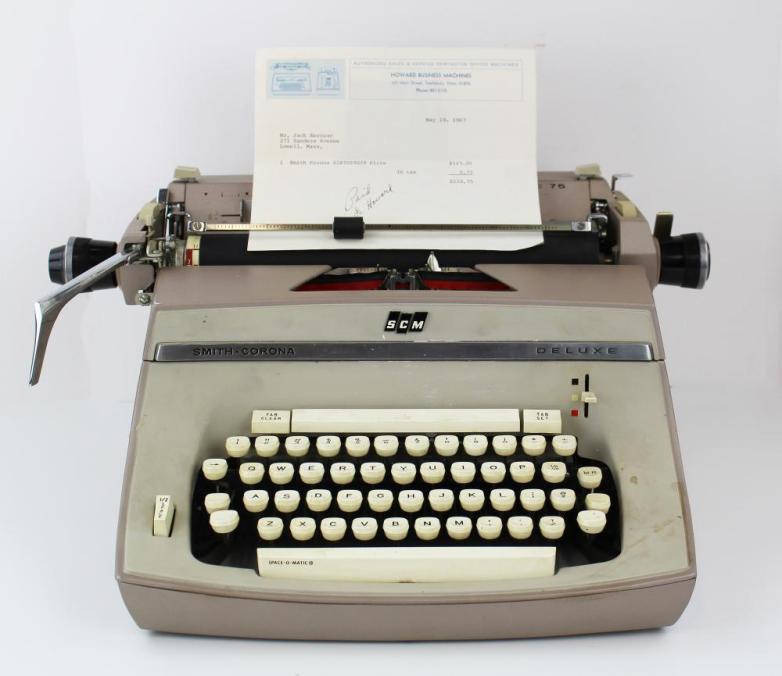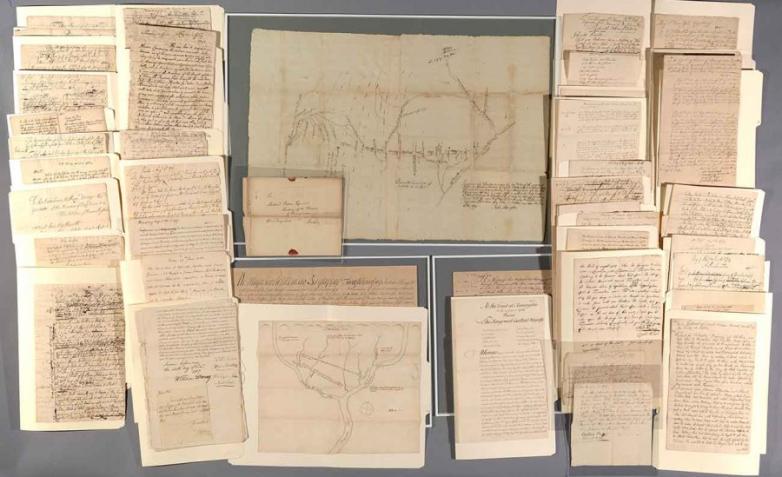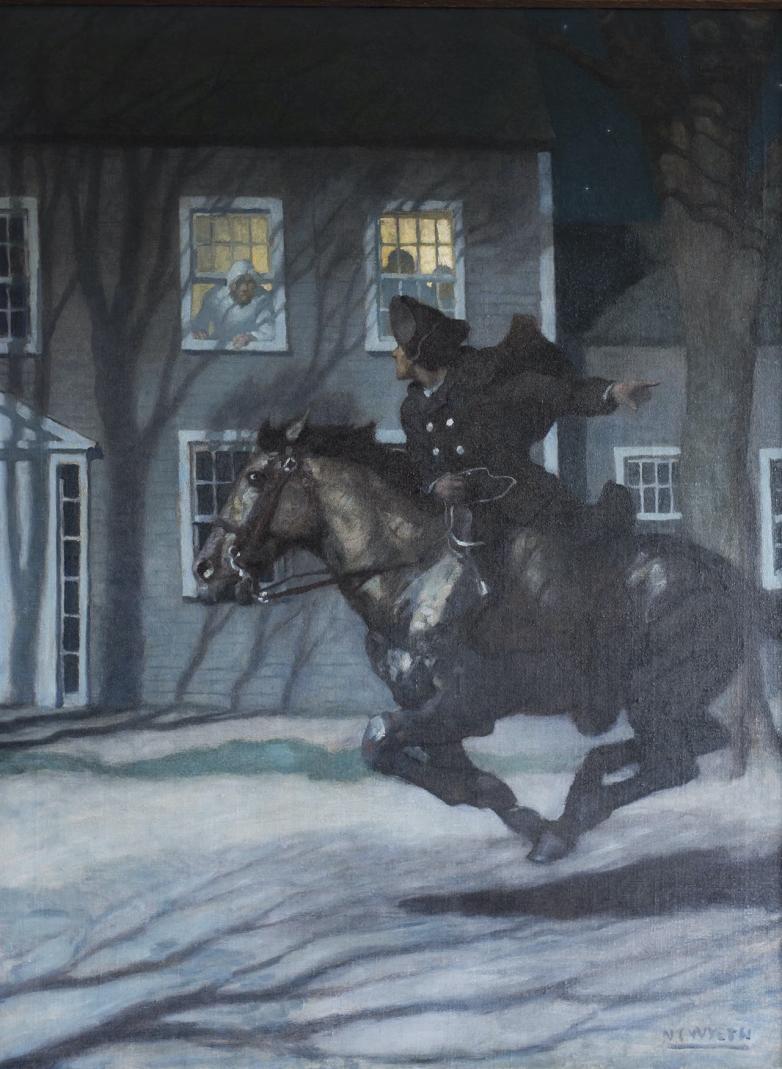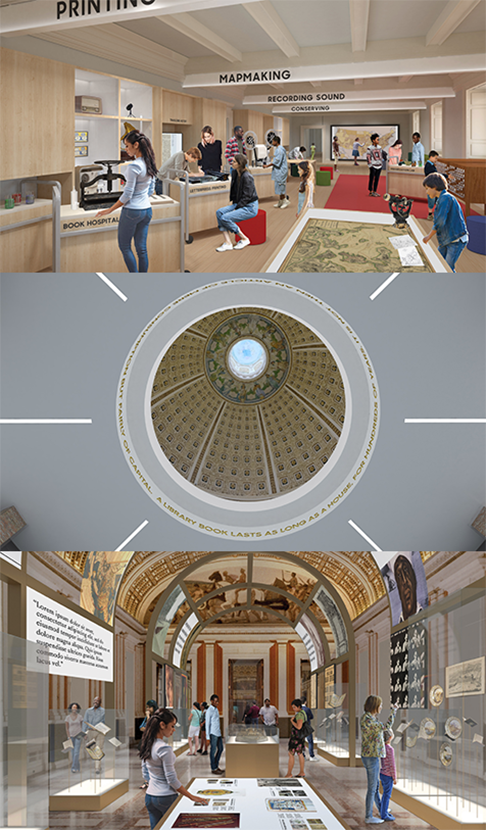
Artist renderings show concepts for three core components that are central to the visitor experience plan. They include a new learning lab, a ground level orientation center with a view of the Main Reading Room's dome and new exhibitions to feature the Library’s treasures.
Washington, DC — A major gift by philanthropist David Rubenstein will help fund a project to reimagine and enhance the visitor experience for the nearly 2 million people who visit the Library of Congress’ Thomas Jefferson Building each year. The goal is to better connect visitors with history and provide better access to the unparalleled collections held by the national library.
Rubenstein, the chairman of the Library’s James Madison Council and co-executive chairman of The Carlyle Group, will make a lead gift of $10 million to support the visitor experience project.
Rubenstein’s gift will build on the significant public investment Congress has made in the Library’s infrastructure. It will support the strategic plan set by Librarian of Congress Carla Hayden to make the Library more user centered for Congress, creators and learners of all ages.
“Literacy is critical to learning and achieving one’s full potential. The Library of Congress plays a unique role in advancing literacy and fostering a love of country and community. I am honored to be a part of this important project to enhance the visitor experience and present the Library’s countless treasures in new and creative ways,” Rubenstein said. “I commend Dr. Hayden for her vision and leadership in modernizing the Library’s spectacular Jefferson Building in ways that respect its beauty and grandeur.”
The Library’s plan to reimagine the visitor experience gained approval from the appropriations committees in Congress. In September 2019, the House and Senate Appropriations Subcommittees on the Legislative Branch approved the release of $8 million to fund detailed design work for the plan, in addition to $2 million provided for initial planning.
“We are incredibly grateful and honored by the support of David Rubenstein and from Congress to help us create a new experience for visitors to the Library of Congress through a public-private partnership,” said Librarian of Congress Carla Hayden. “We believe all Americans are connected to their national library and will be inspired and empowered to explore the wide-ranging collections, from the manuscripts of presidents and changemakers to historical photographs and maps to our nation’s creative heritage in music, film and art.”
For 220 years, the Library has served as a center of knowledge and a place dedicated to preserving and promoting the nation’s cultural heritage. Feedback from visitors has shown the Library can do more, though, to share the treasures of the nation and help visitors understand how the collections can connect with their own creativity and research. The Library aims to bring more of the nation’s collections out of the vaults and into public spaces, as well as online presentations.
Three core components are central to the visitor experience plan, which will be implemented over the next three to six years. These include a new ground-level orientation center in the Thomas Jefferson Building to help visitors navigate the Library and understand its history, a new learning lab to engage and inspire visitors and new exhibitions to feature the Library’s treasures.
Plans call for the orientation center to provide a unified entry point for visitors with an orientation experience focused on the Library’s history, mission and offerings. The orientation center would be built around Thomas Jefferson’s personal library and an oculus that will provide a celebratory view of the Main Reading Room’s dome. The oculus will give visitors a fuller view of Edwin Blashfield’s mural of “Human Understanding” at the center of the building, while research continues uninterrupted in the Main Reading Room.
Visitors would also have an opportunity to see behind the scenes into the original book stacks, as well as a media wall to see other types of multimedia materials preserved at the Library. On the first floor near the Great Hall, a glass door will fill an archway, serving as a window into the Main Reading Room to give more people a chance to look into the grand research space.
The learning lab would provide families, teens and school groups a behind-the-scenes view of the Library and new opportunities to engage with diverse materials and media from the collections through informal, experiential learning. The center will be designed with young people in mind and give learners of all ages interactive experiences, both physical and digital. It would also allow visitors to engage with diverse media in the collections, from cuneiform writing to film editing and oral histories.
New exhibitions on the second floor would be designed to showcase more of the Library’s most awe-inspiring treasures and the breadth of its collections from historical printed materials to visual arts, as well as new acquisitions and the vast photography collection, in compelling new ways. Exhibition objects in this treasures gallery would rotate regularly to showcase more materials for repeat visitors and to ensure the conservation of the materials being displayed.
On the mezzanine level located near the west-facing doors and windows, a new café and seating space is planned to invite visitors to linger and admire the beautiful Great Hall. They could grab a prepared sandwich, snack and drink while enjoying the view. Food and beverage carts and seating would be flexible and easily moved to accommodate events in the Great Hall mezzanine.
David Mandel, director of the Center for Exhibits and Interpretation, is leading a team that is overseeing designs for the visitor experience with Shari Werb, director of the Center for Learning, Literacy and Engagement. The design firm Pure + Applied developed the visitor experience plan with Library leadership.
While Congress has invested generously in the Library over its history since 1800, private philanthropy also has played a role in the development of the Library and other cultural institutions. The private sector has funded exhibitions and programs, as well as the creation of the Library’s Packard Campus for Audio-Visual Conservation in Culpeper, Virginia, which serves a critical role in preserving the nation’s heritage in film and audio recordings.




